News Archive
Broadband and long-duration optical memory in 171Yb3+:Y2SiO5
November, 2025

We developed a new frequence-agile optical pumping laser setup for the Yb:YSO quantum memory. This allows for broadband and long-lived optical storage over 250 MHz for up to 125 µs and paves the way towards a 288 MHz-wide spin-wave storage. More details can be found in the article.
Quantum Networks using Rare-Earth Ions
June, 2025

This review, written in collaboration with Wolfgang Tittel at UniGe and Adam Kinos, Lars Rippe, and Andreas Walther at Lund University, highlights the potential of rare-earth ion-doped crystals for application as a platform for quantum networks. As a part of quantum repeaters, quantum memories based on ensembles of rare-earth ions are likely to become rapidly useful. The full article can be found here.
Efficient and reversible optical-to-spin conversion
April, 2025

The AFC spin-wave quantum memory protocol in a 151Eu3+:Y2SiO5 crystal offers the possibility of long storage times and on-demand readout. By applying a magnetic field and optimization using a developed simulation tool we were able to increase the conversion efficiency of the optical to spin conversion to up to 96% for a storage time of 500 µs! More details can be found in the article.
Swiss Quantum Call 2024 grant
December, 2024
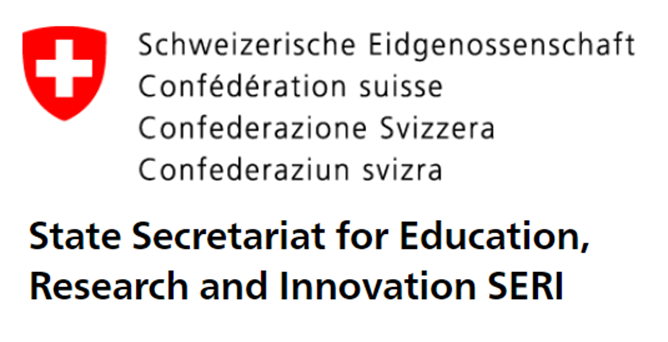
The qram group (PI Mikael Afzelius) was awarded a 4-year 642 kCHF grant for the project "A quantum repeater node based on a broadband and highly multimode 171Yb:Y2SiO5 quantum memory", in the context of the Swiss Quantum Call 2024. In total 13 projects were supported, for a total of 16 MCHF. The funding source of this project will be SERI through the "Transitional measures".
Optical coherence and spin population in 171Yb3+:Y2SiO5

We continue our fruitful collaboration with the group of Dr. Philippe Goldner at Chimie ParisTech, PSL University, Paris. In this study, that has now appeared in Phys. Rev. B, we measure the optical coherence and spin dynamics from 40 mK to 18 K, for different 171Yb doping concentrations. At 3 K and below, we measure an optical linewidth of only 350 Hz (!), a key parameter for multimode quantum memory operation in this crystal. Read the complete study here.
Toward the Device-Independent Certification of a Quantum Memory
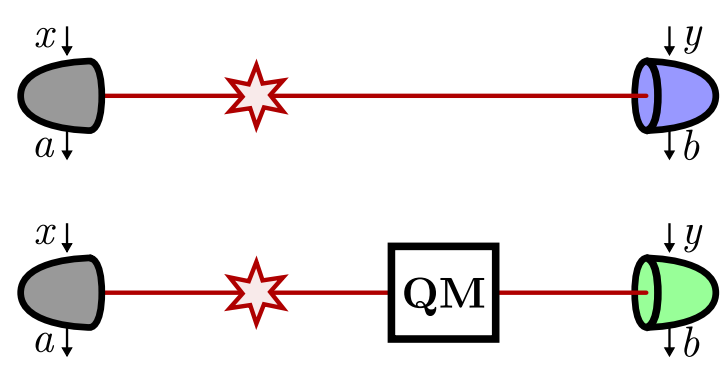
In collaboration with the Quantum Theory Group at the University of Geneva and the QIT Group at CEA/Université Paris-Saclay, we have developed and tested a robust self-testing method for certifying and characterizing a quantum memory. The results have been published in Physical Review Letters!
Quantum Transitional Measures Grant

The State Secretariat for Education, Research and Innovation (SERI) awarded 3.25 millions CHF for our 4-year project "Quantum communication networks: quantum encryption & repeaters" (see all approved projects), involving four Principal Investigators at the Department of Applied Physics: Mikael Afzelius, Rob Thew, Wolfgang Tittel and Nicolas Brunner. Our qram group led by Mikael Afzelius was awarded 683 kCHF in total.
The Quantum Transitional Measure was launched in an attempt to secure the European and international competitiveness and connectivity of the Swiss quantum research community, following exclusion of Swiss researches from the EU Quantum Technologies Flagship.
Coherent optical-microwave interface for manipulation of low-field electronic clock transitions in 171Yb3+:Y2SiO5
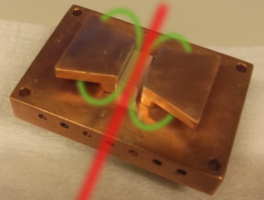
With our newly designed loop-gap microwave resonator we now have the chance to probe different microwave transitions and further investigate Yb:YSO. In this new publication we specifically looked at the low field dephasing process and managed to observe a spin coherence time of up to 10 ms.
Readout-Integrated Time-Bin Qutrit Analyzer for Echo-Based Quantum Memories
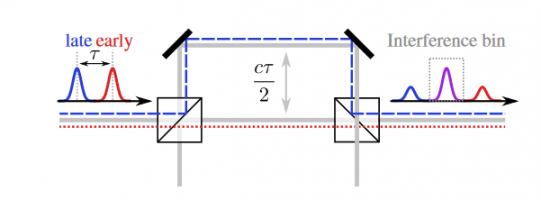
Fully analyzing the quantum state takes a lot of resorces and usually requires a dedicated measurement setup. In this publication we present a way of analyzing time-bin qutrit states using the readout protocol of our AFC spin-wave memory. You can read more about it in our new publication here.
Proposal for spin squeezing in rare-earth-ion-doped crystals with a four-color scheme
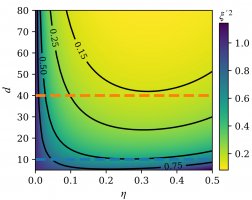
We recently worked on a project about generating spin squeezing in rare-earth ion doped crystals, in collaboration with the Quantum Theory Group at the university of Geneva and the Université de Cote d'Azur. The result of this work just got published in Physical Review A, the full article can be viewed here.
Geneva Quantum Centre – a faculty center on quantum science and technology

A new faculty center has been lunched at the University of Geneva focusing on Quantum science and technology which we are a big part of. You can read more about this in the official statement here.
Non-classical correlations over 1250 modes between telecom photons and 979-nm photons stored in 171Yb3+:Y2SiO5
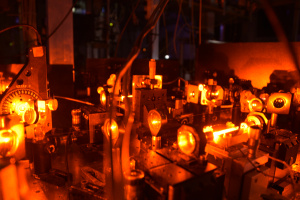
Our newest publication appears in Nature Communications where we show a record breaking number of simultaneous stored modes in our Yb quantum memory using a 100 MHz broad AFC. We also showcase remote distribution over 5 km using a repeater-like setup where we store non-classical correlations for 25 microseconds.
Multimode capacity of atomic-freqeuncy comb quantum memories

Our new paper detailing the multimode capacity of atomic-frequency comb memories has just been published in Quantum science and Technology. This paper was a written in collaboration with Margherita Mazzera from Edinburgh and the group of Hugues de Riedmatten from ICFO.
Storage of photonic time-bin qubits for up to 20 ms in a rare-earth doped crystal
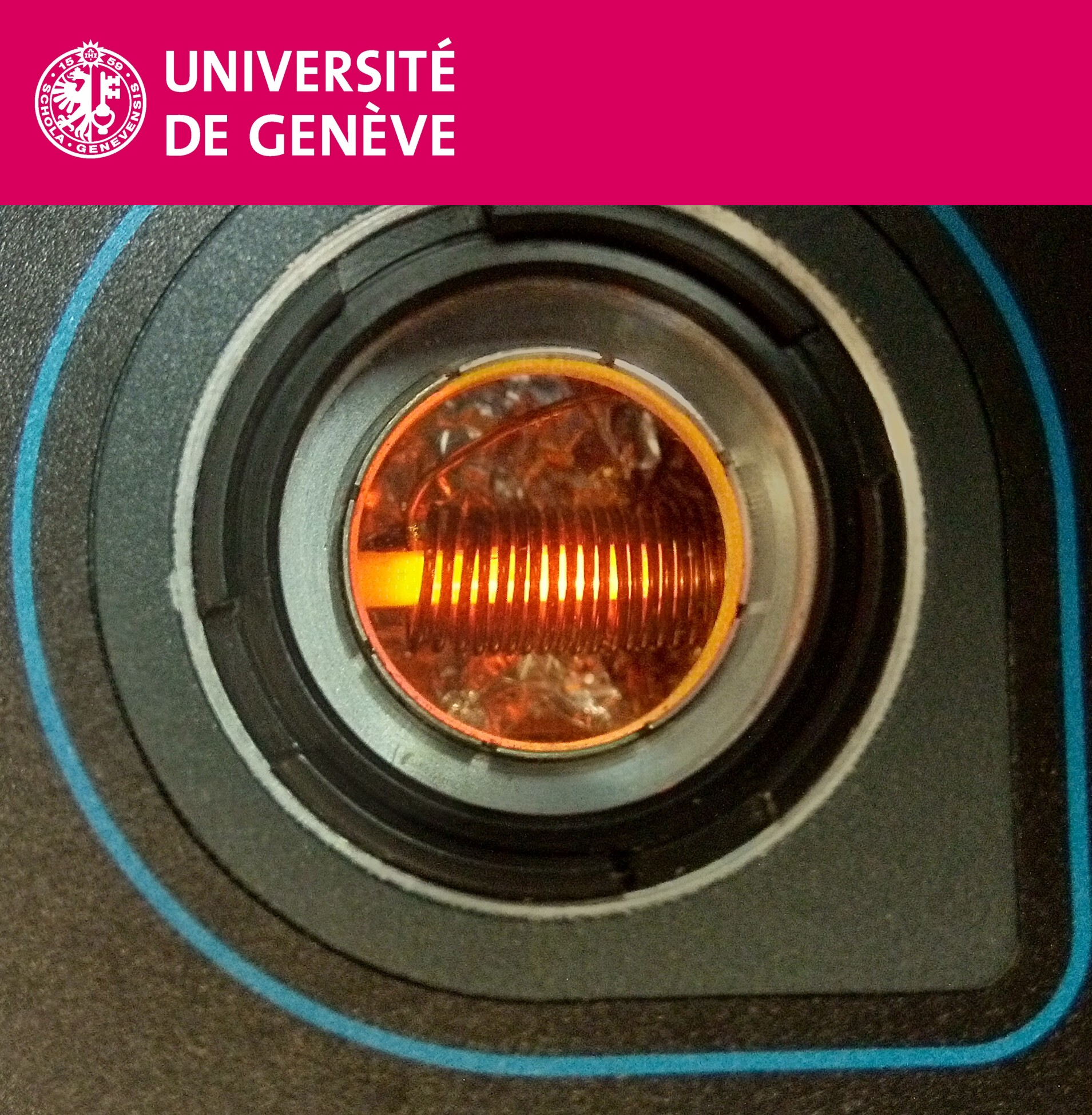
In our latest paper, we show a revamped europium-based quantum memory. By using the AFC spin-wave protocol in a ~mT magnetic field with a dynamical decoupling sequence, we first demonstrate how our memory is capable of storing 6 temporal modes of weak coherent states of light with average photon number of 1 up to 100 ms, while keeping the noise at readout low enough for a signal-to-noise ratio always above 2. We then generate a time-bin qubit by exploiting our multimode capacity and store it for 20 ms with the same memory protocol. Thanks to a modified readout pulse, we can perform a full quantum tomography of the retrieved state and obtain a quantum storage fidelity of 85% without an external interferometer. Since we found that the limitations in noise and storage time are technical, these benchmarks can be improved further in the near future and lead us closer to a working quantum repeater.
This paper got featured on the university website. Read all about it here in english or french. You can also check out the twitter post.
Congratulations Dr. Ortu!

We congratulate Antonio to his fantastic PhD. He successfully defended his thesis on "Rare earth quantum memories: spectroscopy of a new platform and quantum storage implementations".
Return to Ancienne Ecole de Médicine
October, 2021
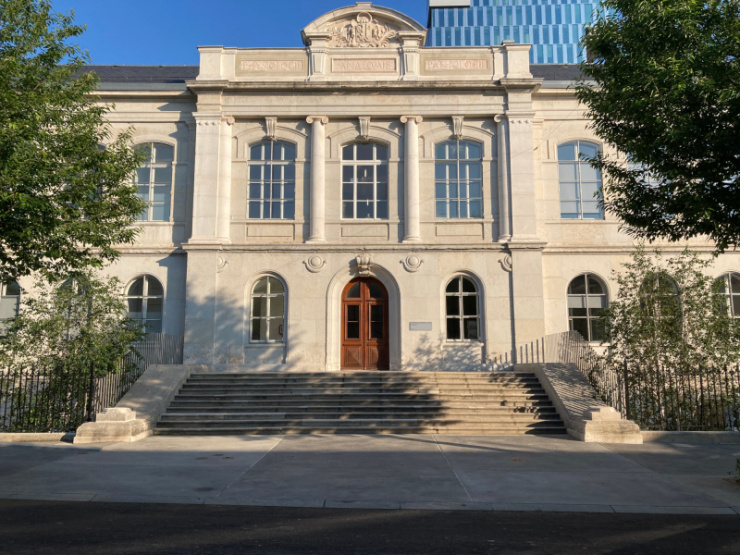
As of October we have moved our labs out of the villa in Pinchat to the newly renovated Ancienne Ecole de Médicine in the city center. We have three new labs where we are building up our quantum memories and installing new exciting spectroscopy experiments.
Optical and spin manipulation of non-Kramers rare-earth ions in a weak magnetic field for quantum memory applications
February, 2021
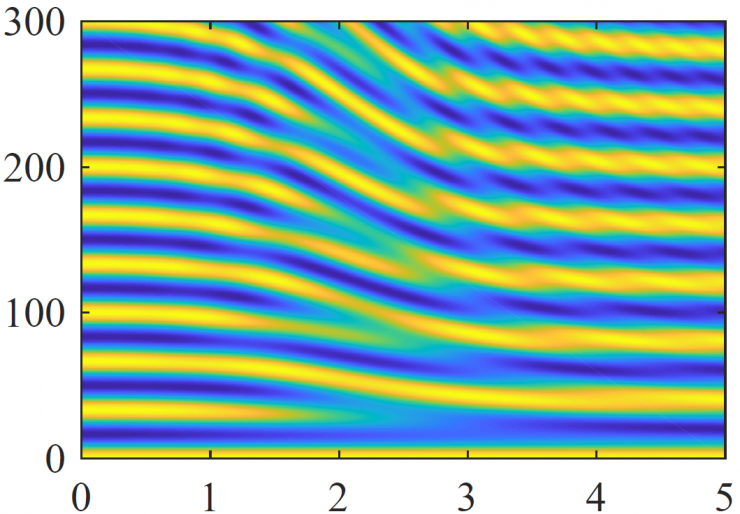
In order to make full use of the excellent spin coherence properties of non-Kramers-doped crystals, a static magnetic bias field needs to be applied. In this work we are investigating how a moderate magnetic field of a few milli-Tesla affects each step of the AFC-spin-wave storage protocol and conclude that this regime allows for long and efficient storage in a scenario that is technically easy to implement.
Diffusion enhanced optical pumping
September, 2020
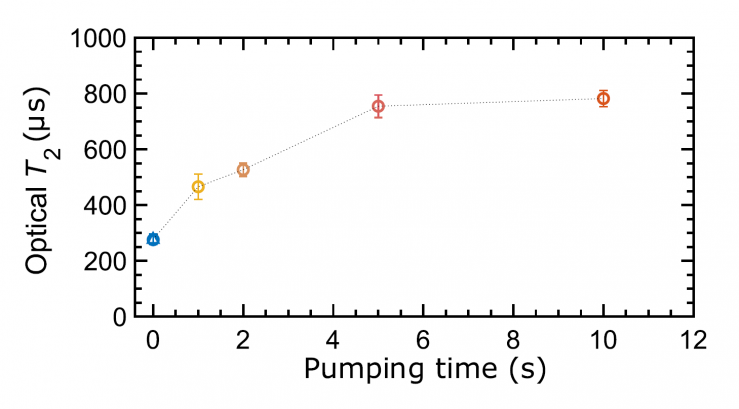
Together with our collaborators from Chimie ParisTech we published in this PRX paper a new method to polarize a large spin ensemble by only exciting a small subset of the spins using a laser. Altough very few spins are excited, the entire ensemble can be optically pumped into a single spin state, owing to spin-spin interactions and spectral diffusion of the excitation.
This novel polarisation technique reduces magnetic noise in a strongly interactive system, resulting in greatly enhanced optical coherence times, without the need to resort to strong magnetic fields or very low temperatures.
Enhancing coherence time in Eu:YSO using Dynamical Decoupling
April, 2020
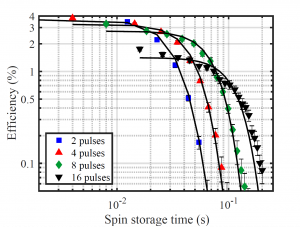
One of the main limitations of storage time using atomic frequency combs (AFC) in rare earth ion doped crystals like Eu:YSO is the coupling of the dopant ions to their crystal environment. In this recent work we demonstrate a significant reduction of this coupling using so called dynamical decoupling techniques. Applying this method together with a carefully chosen magnetic bias field allows us to demonstrate optical storage with a coherence time of 0.5 s – a more than 300-fold increase of the previous state of the art for this system and protocol.
Opticial light storage in 171Yb3+:YSO exceeding 1 ms
February, 2020
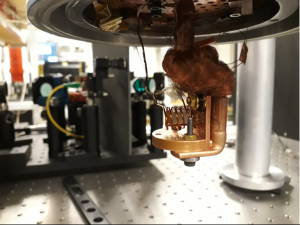
Our recent publication in PRL shows for the first time a storage of light in a nuclear-spin hybrid system using the AFC memory protocol.
This work further highlights the capabilities of Yb as a quantum memory and is a big steping stone towards the implementation of this new material into a global quantum network.
171Yb3+:YSO - The quantum memory of tomorrow
July, 2018
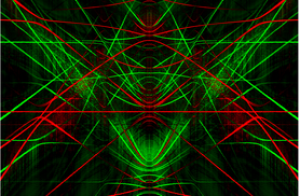
Our new Paper about the study of optical and spin coherence times in a new solid state material (171Yb3+:YSO crystal) containing electronic spins, was published in Nature Materials.
This material opens up a new field of possibilities for creating a global quantum network; it also underlines the importance of pursuing fundamental research in parallel with more applied research, such as devising a quantum memory.
Efficient optical pumping using hyperfine levels in 145Nd3+:YSO
May, 2018
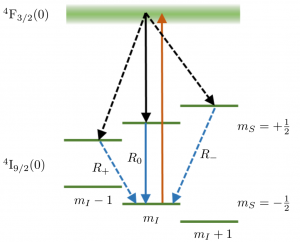
Tradidionally in the rare-earth community is believed that Kramers ion-doped solids experience limited storage efficiency compared to non-Kramers. In our recent paper, published in NJP, we study the relaxation processes limiting optical pumping and achieve efficiencies comparable with state of the art non-Kramers quantum memories.